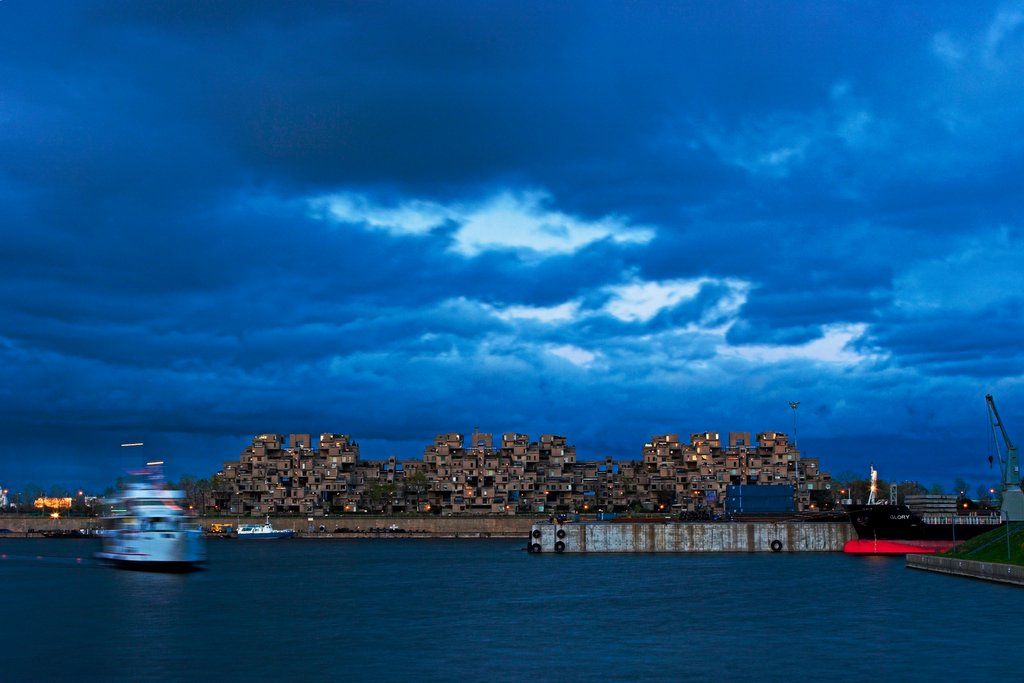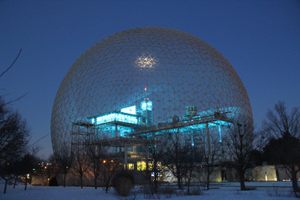About
When someone mentions surfing, the image that comes to mind is one of cold, deserted wasteland. That's the archetype, but it's not the only environment where an adventure junkie can hang ten. What, for example, is an African to do?
The standing wave adjacent to Mosche Safdie's well-known Habitat '67 housing complex has sprung up as a new location for urban surfing in recent years.
For Expo 67, the City of Montreal wanted to expand St. Helen island. To reduce transportation costs, a dry dock was created. They then used the embankment at the bottom of the St. Lawrence River to enlarge the island.
The result of fast-flowing water running into that hole, a wave is generated, allowing surfer to maintain a endless ride... that is, until the next surfer drops in. There's no fast-approaching shore, only water. For those unsure of themselves on a surfboard, the wave can also be ridden in a kayak.
Habitat 67, the backdrop to the wave, is quite curious in and of itself. Built by Safdie as part of the 1967 Montreal Expo, it was meant to be affordable housing with an distinct eye towards the future. Although originally intended to have 1,000 units, only 354 of the prefabricated concrete apartment modules were completed creating a total of only 158 apartments.
Part of the architectural vision of the future in which housing could be made more affordable by using prefab models, construction costs proved to be prohibitive. As a result of the limited number of units and the architectural uniqueness of the building, units in the "affordable" tenant-owned building are today, quite expensive.
Related Tags
Know Before You Go
Safdie's Habitat '67 housing complex is can easily be found along Avenue Pierre Dupuy in Montreal along the shore of the Saint Lawrence River.
Published
December 15, 2009



















































